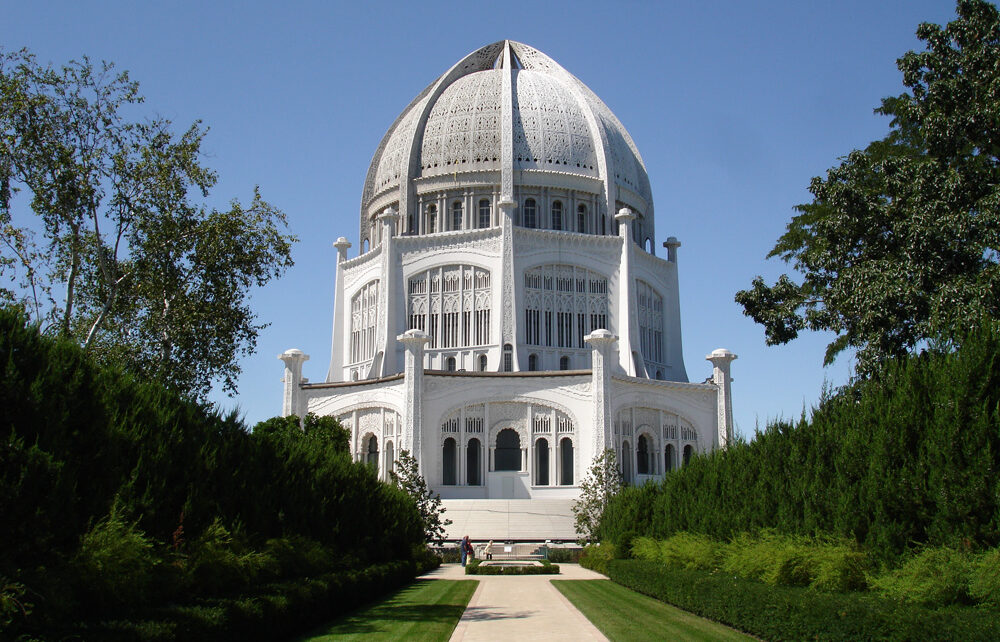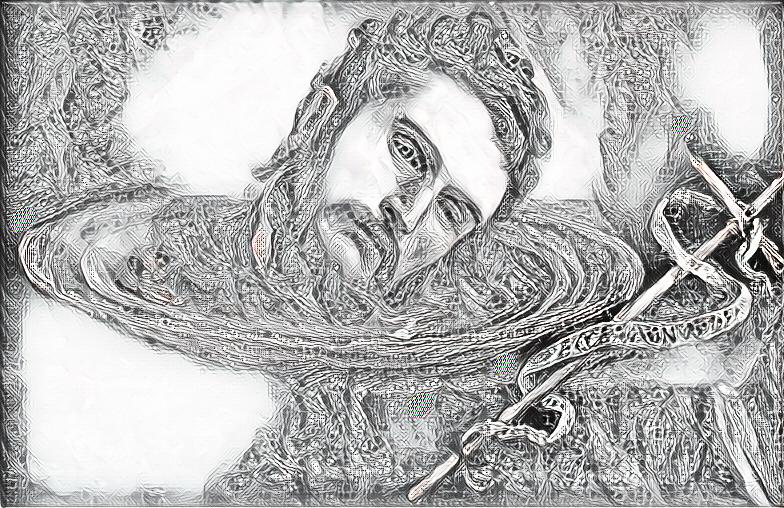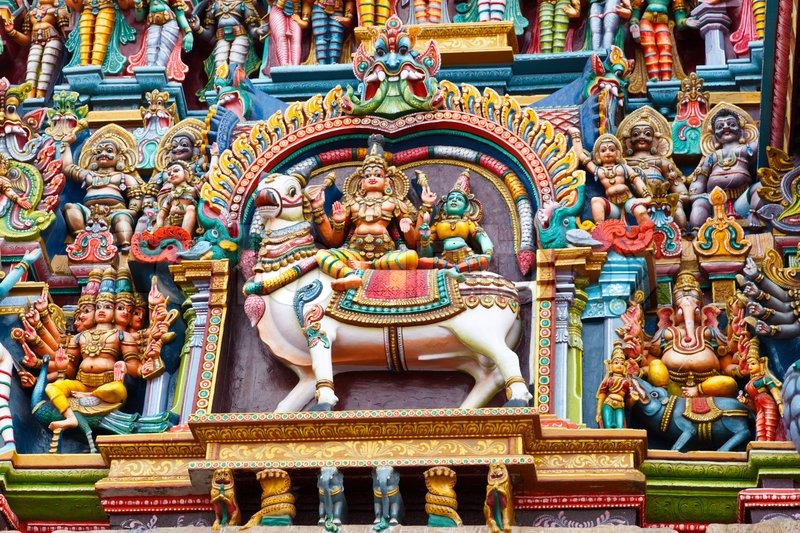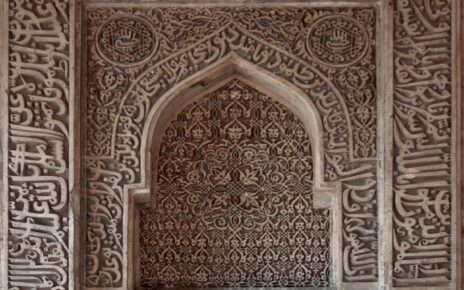The following is the second of a two-part series. The first can be found here. The full article is published in the spring 2022 issue of the Journal for Cultural and Religious Theory.
This novel brings me to Long’s work about descriptive and prescriptive narratives of the colonial and the New World. For example, he used to use a common phrase or idiom: “Who shot John?” At first, as an immigrant and new to the United States, I had no idea if I was missing something in this phrase. Was it cultural from a movie, an event, or just American phraseology? As I spent more hours sitting in living rooms, restaurants, and classrooms, I began to unfold the phrase; “Who Shot John?” Dr. Long used this phrase to demonstrate that the knowledge and facts that most people were seeking were irrelevant, and that most of our questions were meaningless.
For example, Albert Camus’s The Stranger is an example of how orientalist perspectives fell into the category of “Who Shot John?” where there is the real killing of an Arab or “shooting” towards the end of the novel. This incident is overlooked by Camus and opens up the reader to contemplate that in this Francophile novel, the French existed alongside the natives who were seen as the “Arabs,” “the other,” and “the stranger.”
As France colonized Algeria, it also imprinted in the minds of many that so many nameless and inconsequential native Arabs made up the population in colonized Algeria. The novel produces no narrative about the Arab or why this killing occurred. In addition, the protagonist, Meursault’s friend Raymond has an altercation with a woman he was dating and who remains nameless, except that we know that she is referred to as a “Moor” Then we are presented with the following about these nameless natives “Arabs”:
After some talk on the doorstep, we decided to take the bus. The beach was within easy walking distance, but the sooner we got there the better. Just as we were starting for the bus stop, Raymond plucked my sleeve and told me to look across the street. I saw some Arabs lounging against the tobacconist’s window. They were staring at us silently; in the special way, these people have—as if we were blocks of stone or dead trees. Raymond whispered that the second Arab from the left was “his man,” and I thought he looked rather worried. However, he assured me that all that was ancient history. Marie, who hadn’t followed his remarks, asked, “What is it?”
I explained that those Arabs across the way had a grudge against Raymond. She insisted on our going at once. Then Raymond laughed, and squared his shoulders. The young lady was quite right, he said. There was no point in hanging about here. Halfway to the bus stop he glanced back over his shoulder and said the Arabs weren’t following. I, too, looked back. They were exactly as before, gazing in the same vague way at the spot where we had been.[1]
This scene is important because literature has been the way that I can understand the writings of colonial encounters, and Long would argue that “ I mean by this to indicate the shape of thought, or better, the emerging shape of thought. The concern represented by this geometric metaphor has to do with the change in the structure of thought itself.”[2] Camus’s shape of thought was mired by the master narrative or perspective of the one who watches or observes the other as nameless and dehumanized. So, in a sense, “Who Shot John?” Is it as important as “Who was John, and why was he shot?” This would require too much of an explanation.
The description above is one that is encountered in America every day. The man has a beard so he must not be named, the woman in hijab (head covering) is oppressed and must not be spoken to or her covering must be yanked off. For example, in 2019, in San Diego a man was arrested in connection with racial attacks on three women wearing hijabs and allegedly yelling at them to “go back to your country.” Kyle Allen, 50, reportedly started berating the women at about 12:55 p.m. on Columbia Street in the city’s Little Italy district on Sunday, taunting them with a variety of racial slurs. He was also accused of slapping the women and removing one of their hijabs—the headdress worn by some Muslim women as a symbol of their faith.[3]
Today, the vague Arab (Muslim) is now the nameless rag head, camel jockey, and most frequently, terrorist. Camus wrote this novel in 1943, and then it was published in English in 1946. Seventy-three years have passed in between this novel and how Americans view this “other” or this Muslim; not much has transformed. This historical image in literary depictions is important because the perception of Muslims has not changed from positive to negative but to a different range of negative images, and then the permissibility of this stereotyping came with a thunder post-9/11. In other words, the nameless Arab in Camus’s novel written in the 1940s takes on a similar image and attitude in the United States not just post-9/11, or in the last few years, but in many ways. This is how Muslims have been seen and portrayed – consistently as “other,” “stranger,” and today even more as the “feared,” especially in Europe and the United States.
Dr. Long taught me to reflect on these issues and look at the very fine lines of the intersections of Islam in America through Muslim eyes that look at how perhaps Muslims as “others” have been fractured as a group, as a negative religion, and an ulterior race in America. Muslim novelists have taken a path that shows through narrative and testimony, whether fiction or non-fiction, a lens into the identity of Muslims living in North America as a different and nuanced manner of seeing themselves as “other” and at the same time as American. These modern, mainly Muslim-American writers have had a post-colonialist response to the idea of “The Stranger” which counters Camus’ version. They present the challenges of Muslim loss and displacement. Long would argue that the “post” in colonialism shattered the possibility of fighting the colonial and leaving behind the opportunity of a new orientation and reality for those who wanted to create a new and challenging identity. The “post” in the modern was, as he would decree: “The post is like we have moved on and now have recovered but we have been left behind in a place that needs urgent attention in the present.” An alternate “otherness” needs to be addressed within many immigrants, especially Muslims, because it demonstrates that Muslim-Americans are different from each other, unique in America, and estranged by their own sense of belonging. Muslim-Americans have lost their diversity and historical context and difference through these perceptions, even though Muslim-Americans have sought out different corners of the United States to build their communities.
Long had an authentic approach to his own identity as a black man in America. There were certain expectations of him that he challenged. He would explain that his interest in certain issues were because of who and what he was. In an interview, he says:
Part of what freedom means is that no one else can set my agenda for me; I think that black persons in various situations often feel that because they’re black, they have an agenda set for them. My feeling is that, if that’s the way you feel, then you do. But if you don’t feel that you have an agenda already set, you make your own agenda, and I happen to be one of those kinds of people. I’m not talking about any kind of rampant individualism. I feel that being a black person in the United States of America at this time is a fact-a for- midable fact, and it is not only a formidable fact for me, it is a formidable fact for the world. To the extent that other people understand that, that’s very good. But I also have to understand that for myself-that it is not just my personal business, my being black; my being black is a part of the objectivity of the modern world. That objectivity is a very important mode of objectivity in this world, and I think that I need to give expression to the kind of meaning that I think it expresses in this world, both as a part of my scholarship and as a part of my personal life.[4]
To be who you are and orient oneself to a reality that one chooses is the lesson that I heard from my mentor again and again. Why did I want to control the world? I would ask myself over and over again. I was always organized, a social manager, and someone who always wanted to create lecture series, events, and a meaning of community even as a young student. Perhaps this type of control or these initiatives that I have made all my life was something I wanted and not how I was supposed to be as a Muslim woman? Women were not to be in charge or create community; it was supposed to be men, and especially older men. This was what baffled Dr. Long about my ontology and then my own orientation of reality.
The Muslim-American immigrants and their children, like the African American Muslims of the 1920s and 1930s, were fashioning an American Islamic faith that reflected their own needs, interests, and identities…But they also crafted an Islam that celebrated American patriotism and cultural integration.[5]
Many Muslims relate to the concept of difference, but not being formidable or different, just human, and even through the Qur’anic notions of the other (non-Muslim) as welcoming, neighborly, as a sisterhood and brotherhood. However, today we find the juxtaposition of this with the American perception of Muslims as the “other” and outside the American fabric. The relationship of Muslims to the United States is long and complex. Islam acknowledges that the “other” exists and has the right to live in peace in an Islamic community. Contrary to the negative conceptions of the “other” in some contemporary communities, Islam views this “other” from a positive perspective. Islam offers the view to Muslims that the “other” is different in many ways visually and spiritually. G-d’s own plan was to challenge Muslims with the tremendous diversity and difference in the global context.
If your Lord had pleased, He would have made all people a single community, but they continue to have their differences – except those on whom your Lord has mercy – for He created them to be this way.[6]
This verse indicates that diversity and difference are inherent characteristics of human beings. G-d has not created a human mold into which each human being is cast. It is part of G-d’s design that people should entertain and accept their differences from each other because difference can play a greater part in spreading life on earth, as different groups can provide different views that can help strengthen human relations and make life easier for all. Is this what Dr. Long meant? As he stated:
That is, people should because God made them male or female or black or white or whatever because God made them that, and one should not oppress that which God made them. That to me is a very clear meaning which I affirm and I participate in. However, I feel that given the history of colonialism and imperialism and so forth in the modern world, we might do ourselves, as part of groups of folks who have been oppressed in the world to thinking that this is a meaning only important to us. I think colonialism has been detrimental to all of the peoples in histories and cultures that had it, including the colonizers. That often gets hidden when oppressed people of oppressed conditions argue against oppression, but only claim the same rights as only those who oppressed them.[7]
The idea of difference within me and the recognition of it was instilled by him, and to accept within oneself that difference was the most important way to orient oneself in this world.
A few examples from literature illustrate the main point of Long’s insistence on being who one is and keeping away from the templates that society has created. For example, Sumbul Ali-Karamali’s The Muslim Next Door: The Qur’an, the Media and that Veil Thing is a book that was published in 2008, a time when Muslims were being analyzed, and mistrust had grown about Muslim-Americans over 9/11, Iraq, and Afghanistan. She writes:
The words of ill-informed fear-mongers, designed to convince us that Muslims are essentially different from the rest of humanity, are accepted by too many people as the truth…A recent conversation I had with a friend guided the writing of this book. “Why do you live inside your religion?” she asked. “Why is an educated, thoughtful woman like you as committed to your religion as you are? [8]
Swimming in an ocean of myths about Muslims that had no leader to decipher what was “real” about Muslims and what was “fiction” or propaganda. One of the problems that is pointed out about Islam is that there is no central authority of power, therefore no Muslim is in the pulpit directing the Muslim world. People became even more suspicious that Muslims were not speaking up. Watching Muslims deliver sermons at religious institutions and colleges was met with one question: “Where are the moderates in Islam?”[9]
Muslims, especially in the United States, created their own interpretations of Islam, and it was ignored through the images of Muslims post-cold war and the relationship of America with Iran, Iraq, Lebanon, Syria, Afghanistan, and Pakistan. The Muslims that rooted themselves as Americans in the United States for many generations were beginning to find a new American Islam or new and novel resources for Islamic education.
The problem of othering Muslims in America is that there is an assumption that something is the same or nativist about America. The idea of the “other” in America is to indicate that Muslims cannot assimilate, they cannot be American, and lastly, they cannot be democratic. In Mohsin Hamid’s The Reluctant Fundamentalist, he states clearly that “In a subway car, my skin would typically fall in the middle of the color spectrum. On street corners, tourists would ask me for directions. I was, in four and a half years, never an American; I was immediately a New Yorker.”[10]
Long had long proclaimed that “America never Happened!” and these conversations echo in my mind as I think of the immigrant problems, Black Lives Matter, and White Nationalism seeping through again in glaring ways in society. Charles H. Long was warning us of what we thought was America and what it really is—is the major issue. It is an idea or concept of what we keep reimagining is America, and he would recall and constantly allude to Ludwig Wittgenstein’s The World is All That is the Case. His illustration would remind us of the nonsensical but determinate thinking of human beings.
Muslim-Americans too are caught in between being American and being othered, like many other minorities, but this to Long harkens back to colonialism. As he states:
I think that colonialism was a distinct sin or awfulness to the people who were colonists and that it has affected them in severe ways. They need to come to not simply by offering the rights of freedom and legitimacy to the colonized but it has to go much deeper than that. I feel that one has to find those and modes of discourse that can raise that level of the conversation of a political meaning of liberation. I just happen to be a historian of religions in my way. I’m not saying that this is the only way this can or should is the way it was given to me.[11]
Dr. Long has been indelible to my work, research, teaching, and orientation in my life. I hear his voice at times, his sparkle in his eyes as he spoke about what it is that matters about you, and that to me was always: Be Yourself, Afridi, and know who your people are! I will miss his mentorship and friendship as I do now for two years. Thank you, Dr. Long.
__________________________________________________________________________
Mehnaz Afridi is a professor of religious studies at Manhattan College and director of the Holocaust, Genocide and Interfaith Education Center. Dr. Afridi earned her Ph.D. in religious studies from the University of South Africa. Her research focuses primarily on Islam and contemporary literature, the intersection of Judaism and Islam, the Holocaust and the role of Muslims, antisemitism and Islamophobia. Her recent book Shoah through Muslim Eyes (Academic Studies Press, 2017) was nominated for the Yad Vashem International Book Prize for Holocaust Research and the Jacob Schnitzer Book Award.
[1] Albert Camus, The Stranger trans. Stuart Gilbert (New York: Vintage Books, 1946), 32.
[2] Manhattan College, Lecture, 2014.
[3] Tareq Haddad, “San Diego Man Charged with Racial Attack on 3 Women in Hijabs, Yells ‘Go Back to Your Country,’” Newsweek (Newsweek, October 9, 2019), https://www.newsweek.com/san-diego-man-charged-racial-attack-3-women-hijabs-1464165.
[4] Carolyn M. Jones and Julia M. Hardy. “From Colonialism to Community: Religion and Culture in Charles H. Long’s Significations” Callaloo 36 (1988): 582–96. https://doi.org/10.2307/2931543.
[5] Edward E. Curtis IV, Muslims in America: A Short History (Oxford: Oxford University Press, 2009), 57.
[6] Al-Qur’an, Trans. Muhmmad Asad, (Dubai: Oriental Press, 2012), 11:118-119.
[7] Jones and Hardy, “From Colonialism to Community: Religion and Culture in Charles H. Long’s Significations,” 258-271.
[8] Sumbul Ali-Karamali, The Muslim Next Door: The Qur’an, the Media and that Veil Thing (Oregon: White Cloud Press, 2008), 2-3.
[9] Erik Wemple, “Opinion | Fox News Host Asks: ‘Where Are the Moderate Muslims in America?’,” The Washington Post (WP Company, December 1, 2021), https://www.washingtonpost.com/blogs/erik-wemple/wp/2017/05/23/fox-news-host-asks-where-are-the-moderate-muslims-in-america/.
[10] Mohsin Hamid, The Reluctant Fundamentalist (New York: Harcourt Press, 2007), 33.
[11]Jones and Hardy, “From Colonialism to Community: Religion and Culture in Charles H. Long’s Significations,” 258-271.




